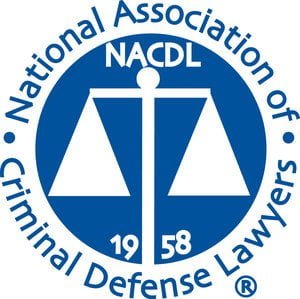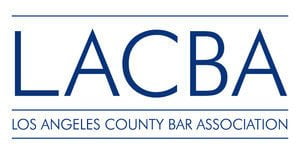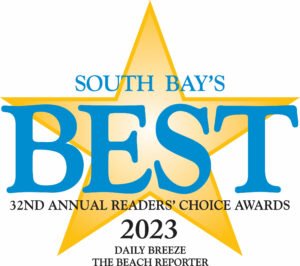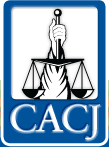
We’ve all heard or read about money laundering as a major criminal activity in the U.S. but what exactly does money laundering entail? Simply put, money laundering involves the numerous processes and activities where one takes money from an illegal source and later makes it look like its origins are legitimate.
18 U.S. Code Chapter 95 Sections 1956 and 1957 of the U.S.C makes it a federal offence to commit, aid or attempt to partake in any form of money laundering as a US citizen or within the United States. Although money laundering has become as complex as conventional methods of money transfer and financial networks, major criminal networks never run short of ways to hide and use their “dirty” money. Despite the intricacy of the illegal activity, money laundering typically involves three stages; Placement (Movement), Layering (Disguise), and Integration (Return). Either stage is just as risky as the other since law enforcement agencies such as the IRS are always on the lookout for suspicious money activity.
1. Placement
Moving your money from the source of your illicit business to the financial system is the initial step towards becoming an A-list money launderer. This also happens to be the most risky stage since one is most vulnerable to detection. Introducing large sums of money into the financial system can raise a lot of red flags with the IRS and other agencies as banks are obliged to report large deposits.
A common way that money launderers hack this stage is by converting the so called “dirty” money into flashy assets. Depositing money into accounts registered under a pseudo company or individual is also a common method. This is where the concept of offshore accounts in countries like the Bahamas takes form and thrives.
2. Layering
The next step involves further efforts to disguise the origins of the dirty money. Crime lords typically try and evade detection by using multiple transactions to throw off their trail. Just like the initial stage, criminal networks execute this stage flawlessly by purchasing flashy assets like expensive cars and artwork which can later be resold for the same value.
3. Integration
By this time, if you’ve made it through the first and second stages, congratulations! You’re pretty much a successful criminal and money launderer. So what next? How can you make sure that your now “clean” money stays clean and away from the prying interests of law enforcement? Your choices are only limited by your ideas.

There are so many activities that one can use to make the money flow into the economy and back into your pockets legally per se. Perhaps the most famous example of this was perfectly illustrated by the celebrated crime lord, AL Capone. He used the profits from his cash only laundromats to obscure the profits he made from his prostitution rings and bootleg alcohol. Shell companies that generate fake invoices to keep appearances are a winner for money launderers. He managed to evade law enforcement for over a decade and did not even get jail time for his illicit criminal rings but for tax evasion.
Money laundering wasn’t officially recognized in federal jurisdictions until 1986 under the Money Laundering Control Act. Before that, defendants only received jail time for other related crimes like tax evasion. This is not the case now. Money laundering IS currently a federal offence punishable by 20 years imprisonment, so DON’T GET CAUGHT!
In any case, we here at Don Hammond Law uphold the law and do not advocate for any citizen to be part of or partake in any criminal activity. This article is meant for entertainment and educational purposes on the topic at hand. However, if you find yourself in a hitch or entangled in a money laundering scheme, feel free to reach out to us for expert legal services. Don Hammond has vast experience working in several fields including white collar crime. Seeking representation from Don Hammond is your best bet at winning your case.
This article is for entertainment and information purposes only and in no way represents the attitudes, viewpoints, or legal advice of our law offices.









